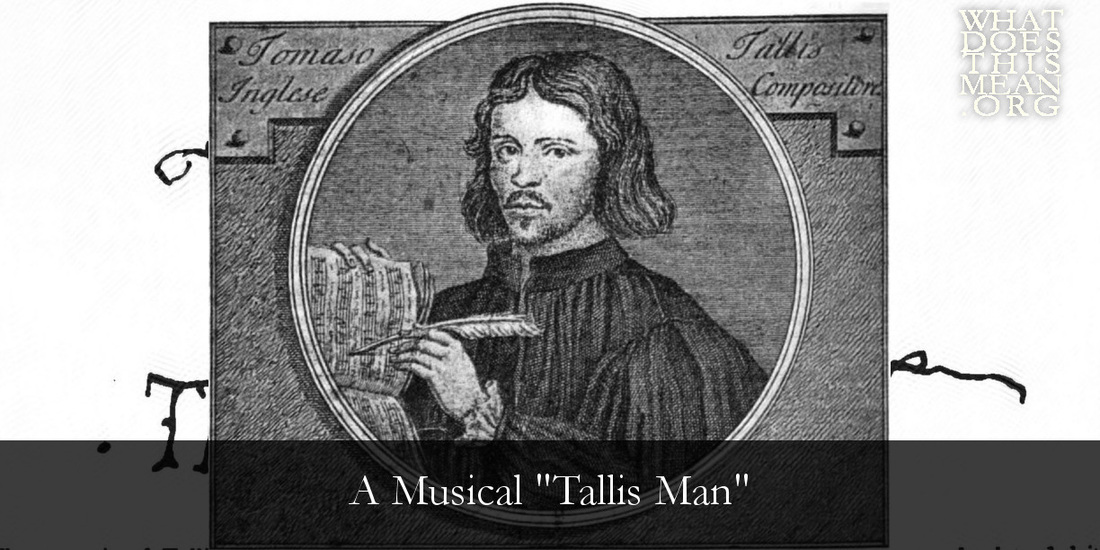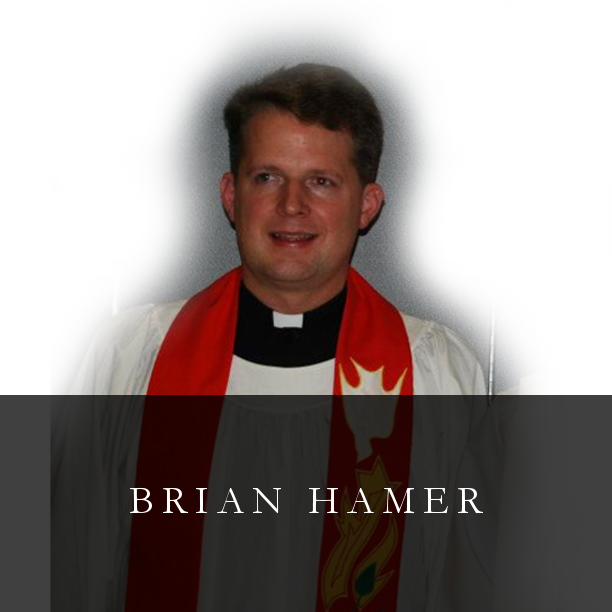Moreover, unlike many men named Thomas (Cranmer, Moore, etc.) who were pivotal figures in the English Reformation, Tallis was not executed in the Tower of London, allowing him to write sacred choral works for several decades in both Latin and English. Tallis composed during the reigns of the heirs of Henry VIII, who alternated between the Protestant and Roman Catholic faiths, with the former generally preferring English and the latter usually opting for Latin. During the reign of Protestant Elizabeth I, for instance, Tallis remained Roman Catholic, but wrote a great deal of music that would please the Protestant Crown, including the works highlighted below. In the sixteenth century, a knowledge of Latin choral diction was taught to aspiring choir boys from an early age, so while it is generally classified under the dreaded titles “foreign” and “dead” by the academy today, it was familiar to English musicians in Tallis’ day and still is in ours.
Finally, the sacred music of Thomas Tallis fits seamlessly into the context of Western liturgy in the Protestant tradition. Among his regularly performed Latin works are the Pentecost anthems to be discussed below, one Mass, one Magnificat, and one setting of “O Sacred Feast.” Absent, however, are settings of uniquely Roman Catholic texts, such as the Ave Maria (“Hail, Mary!”), and other texts that are addressed directly to the Virgin Mary. His English works, including the two discussed in this column, are drawn primarily from the sacred Scriptures, especially from the Psalms and Canticles, along with a few liturgical prayers. The result is a treasure trove of sacred music that should not be overlooked by the singing church.
“O Lord, Give Thy Holy Spirit” is a brief setting of a prayer that met the needs of the English clergy of Tallis’ day, who called for clarity in word setting, along with a simple musical style:
and lighten our understanding,
that we may dwell in the fear of thy Name,
all the days of our life,
that we may know thee, the only true God,
and Jesus Christ whom thou hast sent.
“If Ye Love Me” is a typical example of an English anthem, and perhaps Talli’s best known sacred choral work in the English language. Listen for the textual unison on the words, “If ye love me, keep my commandments,” followed by basic polyphony for the remaining text, until all of the voices reunite on the word “truth”:
And I will pray the Father, and he shall give you another Comforter,
that he may abide with you for ever; even the Spirit of truth
-- St. John 14:15-17
Of the mighty works of God, Alleluia.
And were filled with the Holy Spirit,
and began to speak of the mighty works of God, Alleluia.
Glory be to the Father and to the Son and to the Holy Spirit. Amen.
The most natural context for the works discussed in this column is the Festival of Pentecost, including Pentecost Eve, Pentecost Day, Pentecost Evening (or Monday), and Pentecost Tuesday. Generally reliable editions of most of Tallis’ choral works are available free at the Choral Public Domain Library, www.cpdl.org, although public posts of various editions must be checked against more critical editions, which are usually available at a good university music library. The best source for researching, understanding, and obtaining extant choral scores is Musica International Database, www.musicanet.org. Latin diction should be familiar to most choir directors, but there is no shame in asking the local Latin teacher (yes, there are still a few!) to teach the Latin diction to the choir, with the understanding that classical Latin often differs in pronunciation from liturgical Latin. An indispensable yet surprisingly accessible and affordable book on conducting choral music of this period is Renaissance Music for the Choral Conductor by Robert Summer, which is available from Scarecrow Press.
Some of the larger and more challenging works of Tallis, including Loquebantur, require more rehearsal time and patience than most choral music, but I have found through the years that church choirs are willing to go the extra mile for difficult choral works because they are more rewarding than the spiritual fluff that passes for sacred music today. If, for instance, Loquebantur is sung for the Day of Pentecost, then it might be sung again for ordinations and installations during the summer months. This also presents the opportunity to influence the entire circuit of musicians by scheduling a circuit Choral Vespers for Pentecost Eve (Saturday) or Pentecost Evening (Sunday afternoon or evening), perhaps using a combined choir from all congregations in the circuit. This practice should put even Loquebantur within reach, if it is adequately rehearsed.
An elegy for Tallis by William Byrd, Ye Sacred Muses, ends with the following words: “Tallis is dead, and music dies.” Indeed, Tallis was dead, for there was no magical talisman (a magical charm believed to have supernatural powers) to save his life. But his music never died, and the rich legacy of a great master whom I have dubbed “A Musical Tallis Man” still lives to give us voice to sing, “O Lord, give Thy Holy Spirit!”



 RSS Feed
RSS Feed
